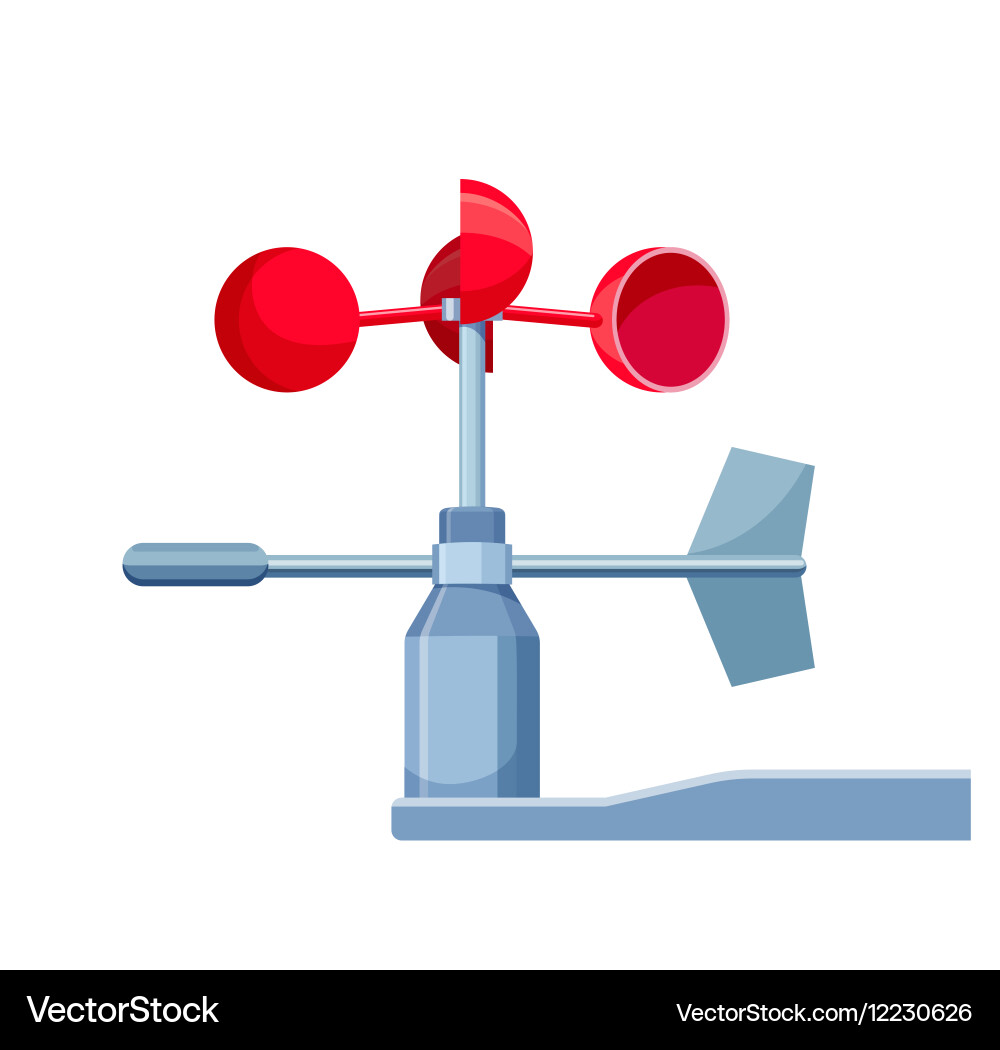Picking the Right Anemometer: A Comprehensive Purchasing Guide
Wiki Article
Discovering the Functions and Benefits of Anemometers for Weather Enthusiasts and Experts
From cup anemometers to sonic anemometers, each kind brings its one-of-a-kind set of benefits and applications, dropping light on numerous elements of atmospheric conditions. As we dig into the functions and benefits of anemometers, a much deeper understanding emerges not just of prevailing weather sensations but additionally of the wider effects for markets like wind energy manufacturing and environmental research study.Value of Anemometers in Weather Tracking
Anemometers play an important duty in climate monitoring by offering precise measurements of wind rate, helping in projecting and understanding climate patterns. These tools, varying from traditional cup anemometers to modern ultrasonic anemometers, are necessary for meteorologists, scientists, and weather condition fanatics alike.
Kinds Of Anemometers and Their Applications
The most typical types of anemometers include mug anemometers, vane anemometers, hot-wire anemometers, and ultrasonic anemometers. Cup anemometers are composed of three or 4 cups placed on horizontal arms that rotate with the wind, determining its speed. Vane anemometers, on the various other hand, use an openly turning vane to straighten with the wind direction, providing both wind speed and instructions measurements.Mug anemometers are robust and suitable for basic weather condition tracking, while vane anemometers are favored for directional dimensions. Ultrasonic anemometers are non-intrusive and use high accuracy, frequently made use of in research and specialized climate monitoring applications.
Advantages of Utilizing Anemometers in Forecasting
In meteorology, the application of anemometers offers important advantages for improving the accuracy of weather projecting. Anemometers gauge wind rate and direction, offering important data for predicting climate patterns. By including wind data into projecting versions, meteorologists can much better comprehend the movement of climate systems, prepare for modifications in atmospheric conditions, and issue extra specific forecasts.
Moreover, anemometers play a vital duty in analyzing prospective weather condition threats. Monitoring wind rates assists forecasters predict serious weather events such as cyclones, tornadoes, and wintertime storms with greater precision. This early caution system enables authorities to release prompt notifies and apply needed precaution, minimizing the dangers to life and property.
In addition, anemometers assist in maximizing renewable resource manufacturing. By analyzing wind patterns, meteorologists can recognize appropriate locations for wind ranches and predict power output, adding to the efficient generation of wind power.

Anemometers in Wind Energy Manufacturing
Given the vital duty anemometers play in supplying accurate wind information for weather forecasting and threat assessment, their relevance reaches the realm of wind energy production. Anemometers are crucial instruments in visit this website the field of wind energy, where the measurement of wind speed and instructions is critical for identifying the usefulness and efficiency of wind turbine setups. By properly determining wind speeds at varying heights, anemometers help enhance the positioning and design of wind generators to make best use of power result.In wind ranches, anemometers are tactically positioned to gather real-time wind information that is made use of to analyze the possible power manufacturing of a site. This data is important in identifying the economic viability of wind power tasks and in projecting energy generation to guarantee grid stability. In addition, anemometers help in keeping an eye on wind conditions to optimize generator efficiency, avoid damage from high winds, and make certain the safety and security of workers working in the location of wind Get More Info generators.
Enhancing Weather Understanding With Anemometers

Anemometers play a pop over to this site crucial function in improving our understanding of microclimates. These localized weather can differ dramatically from more comprehensive local forecasts, making it necessary to have precise data for specific locations. anemometer. By tactically putting anemometers in various locations, scientists can gather comprehensive information on just how wind acts in different terrains, city atmospheres, or bodies of water
Furthermore, anemometers add to boosting weather condition forecasting versions by supplying real-time data on wind actions. This details is especially valuable for forecasting serious weather occasions, optimizing farming methods, and supporting markets like aviation and maritime navigating. In general, anemometers are important tools that enable us to dive deeper right into the complexities of weather systems, eventually causing more exact predictions and better-informed decisions.
Final Thought
In verdict, anemometers play a crucial duty in weather condition surveillance and projecting by measuring wind rate and instructions. They are vital devices used by climate enthusiasts and experts to collect accurate information for predicting weather condition patterns and evaluating possible impacts. Anemometers likewise have applications in wind power manufacturing, further highlighting their relevance in both weather forecasting and sustainable power fields. In general, anemometers add to boosting our understanding of weather phenomena and enhancing projecting capabilities. anemometer.From cup anemometers to sonic anemometers, each type brings its distinct set of applications and benefits, losing light on numerous aspects of atmospheric conditions. These instruments, ranging from conventional cup anemometers to contemporary ultrasonic anemometers, are important for meteorologists, researchers, and weather condition lovers alike. The most typical types of anemometers include cup anemometers, vane anemometers, hot-wire anemometers, and ultrasonic anemometers. Cup anemometers are robust and suitable for general weather monitoring, while vane anemometers are favored for directional measurements. Anemometers are necessary tools in the area of wind power, where the measurement of wind speed and direction is important for determining the feasibility and efficiency of wind turbine installments.
Report this wiki page